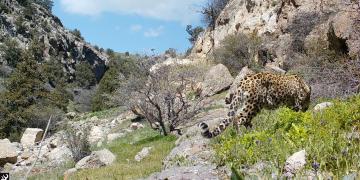Local participation to guarantee access to natural resources and land possession
Governance and participation of local actors in the management and use of natural resources
ARPA: the most important conservation program for tropical rainforests in Brazil, and mechanisms of financial sustainability of the Jaú National Park
Conservation mosaics: An effective strategy to consolidate great expanses of protected territory in Brazil
